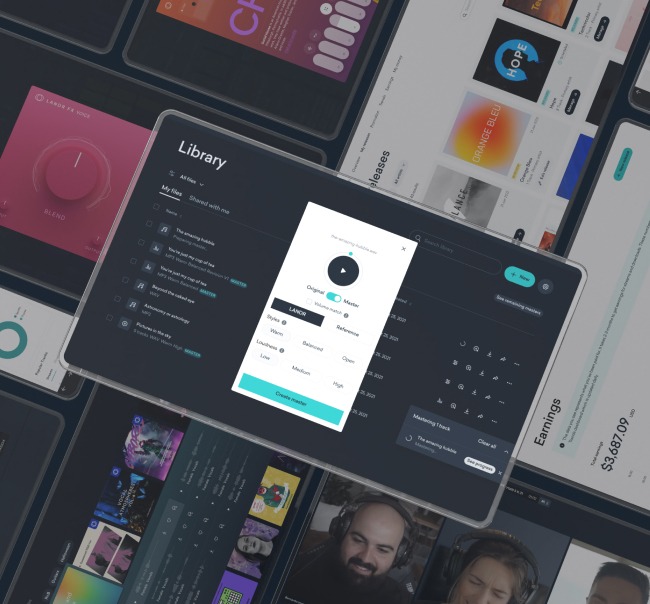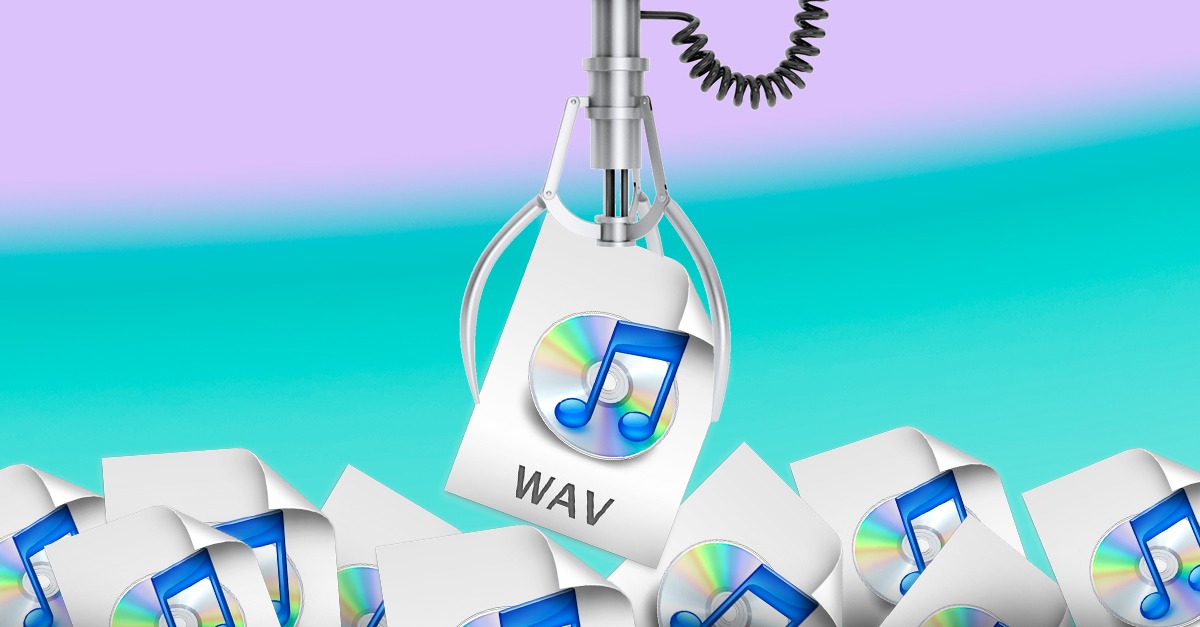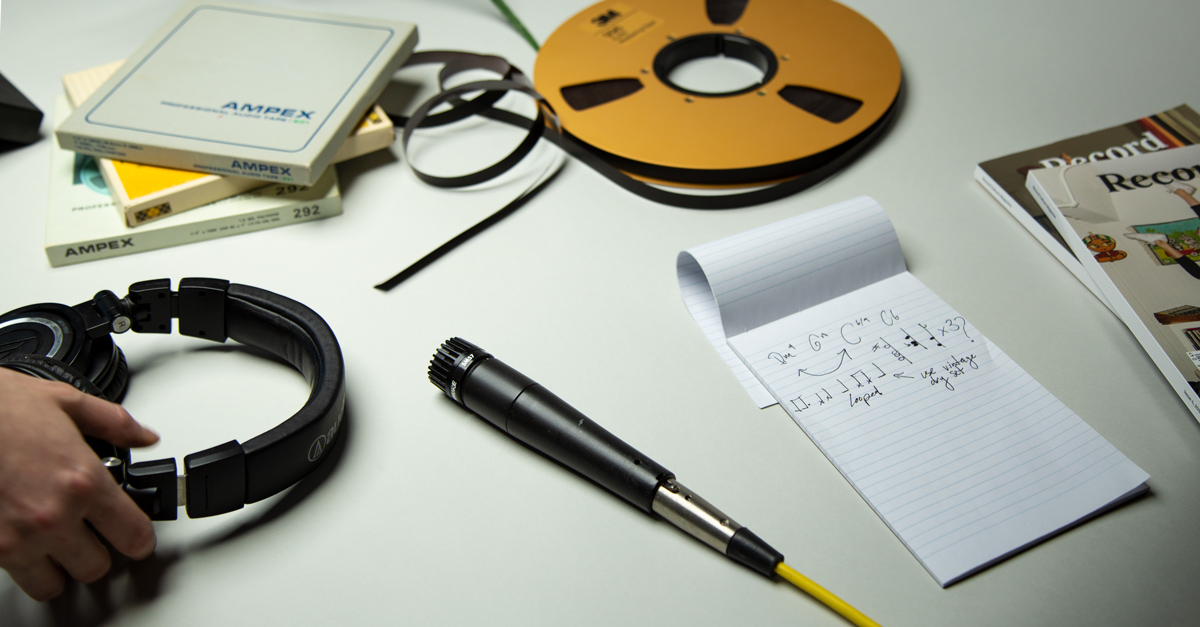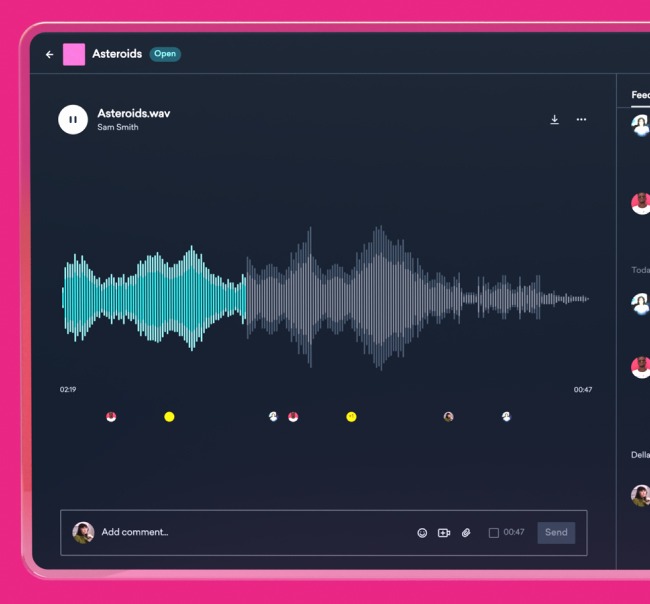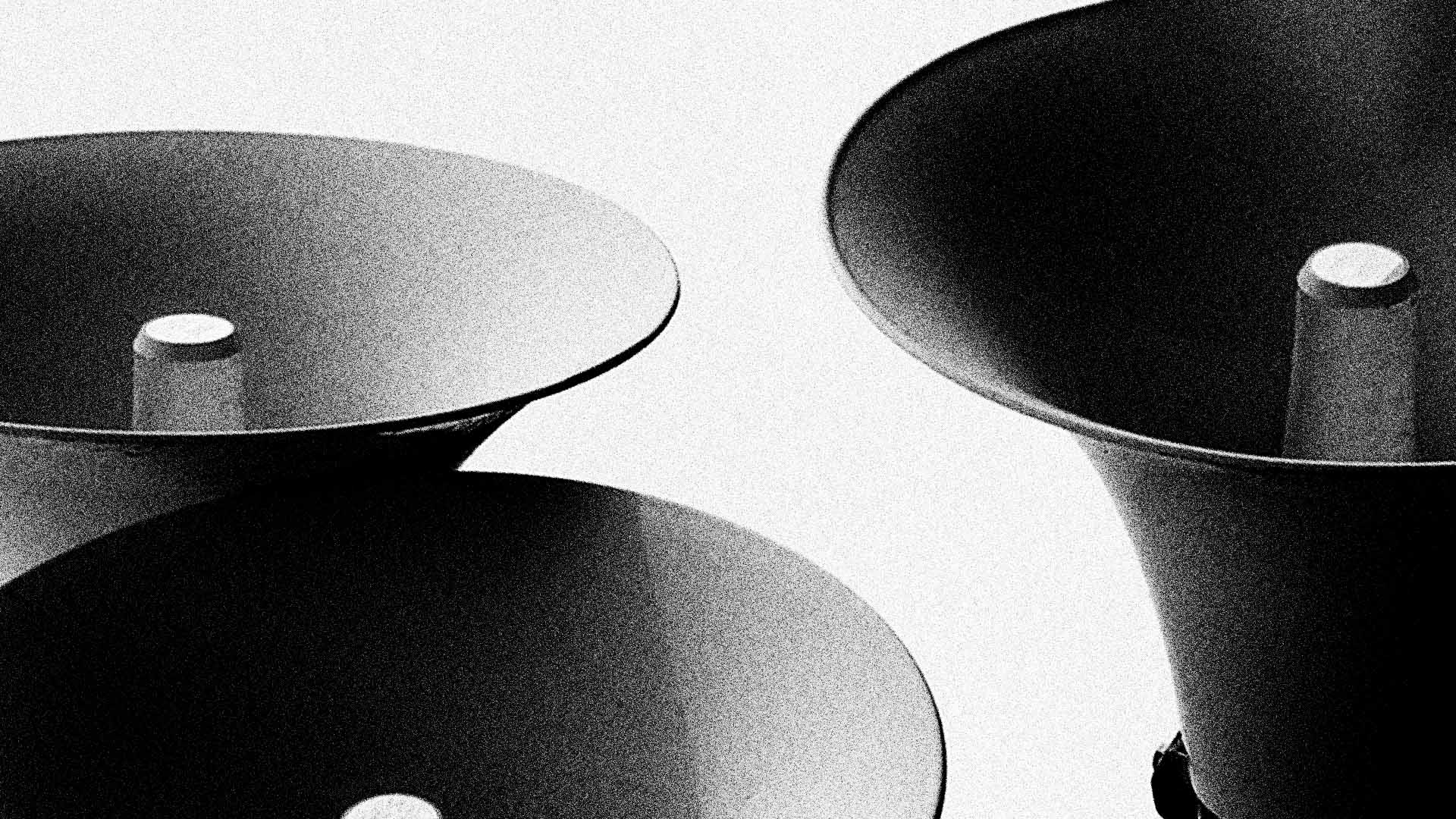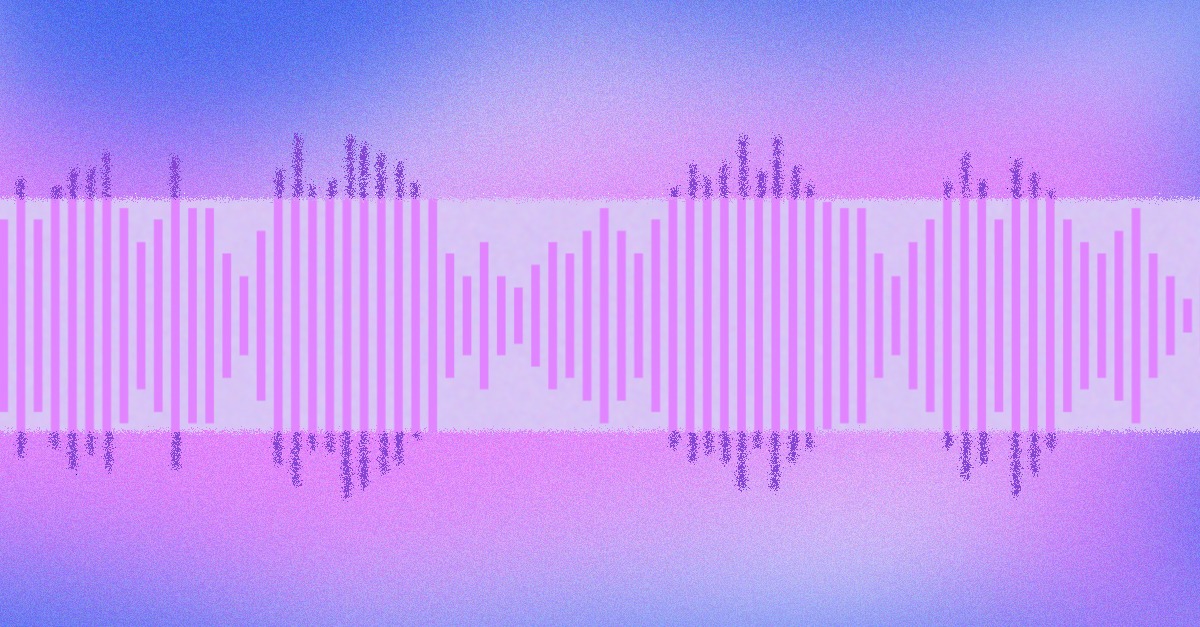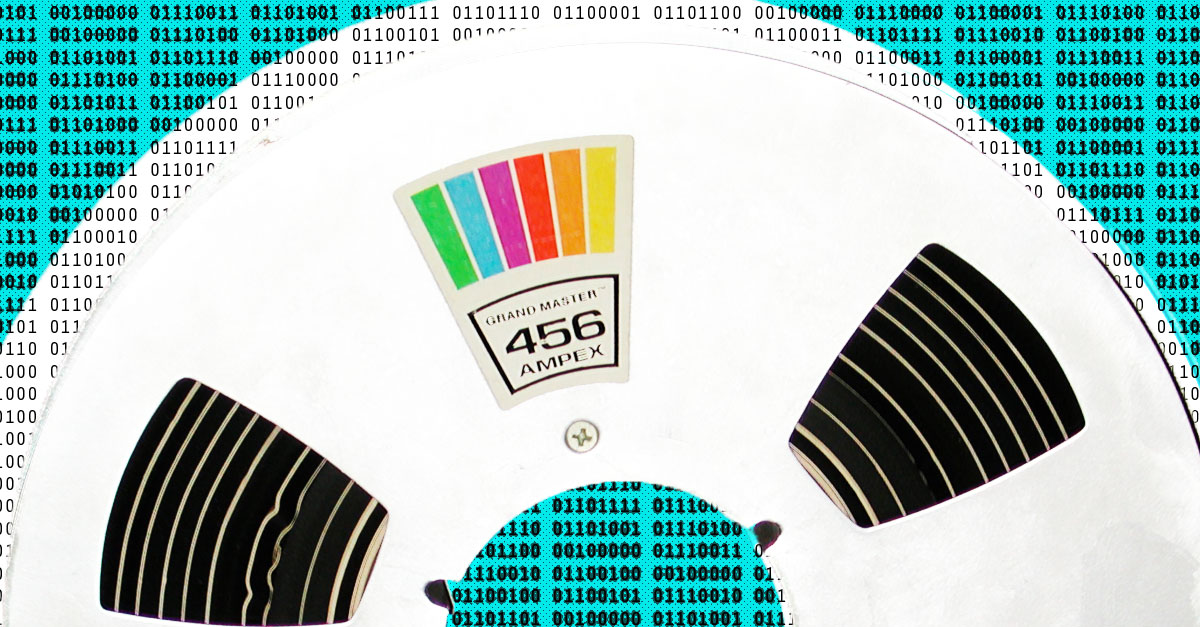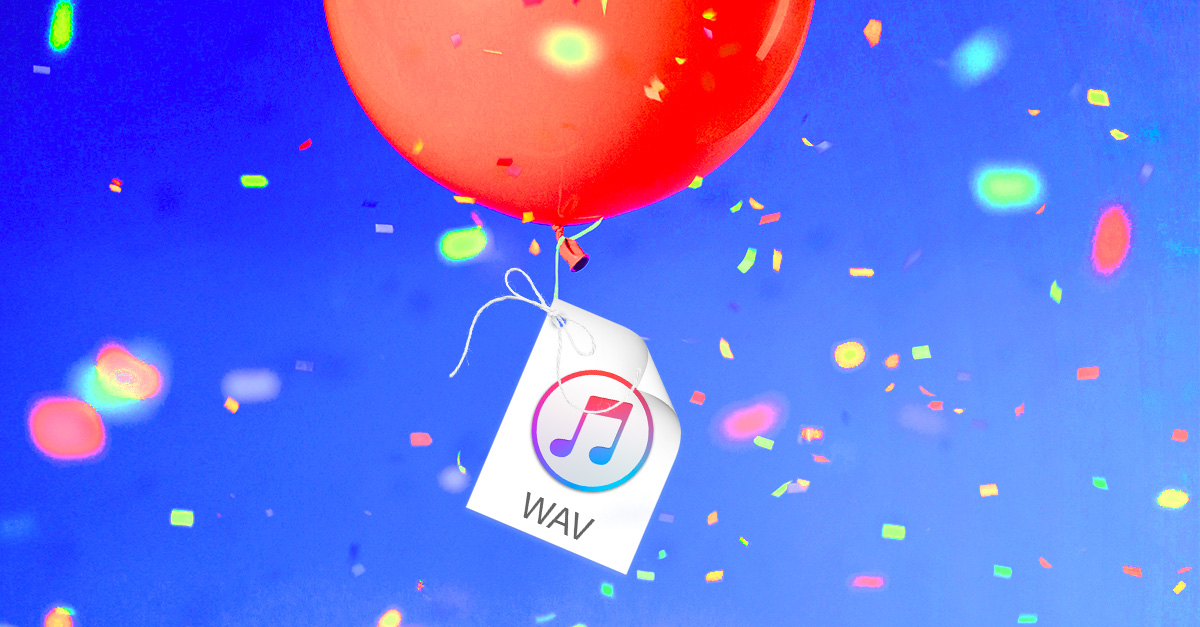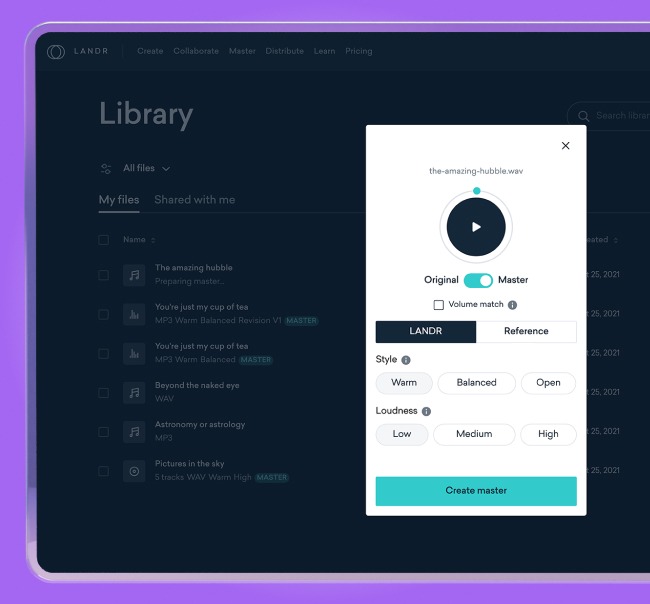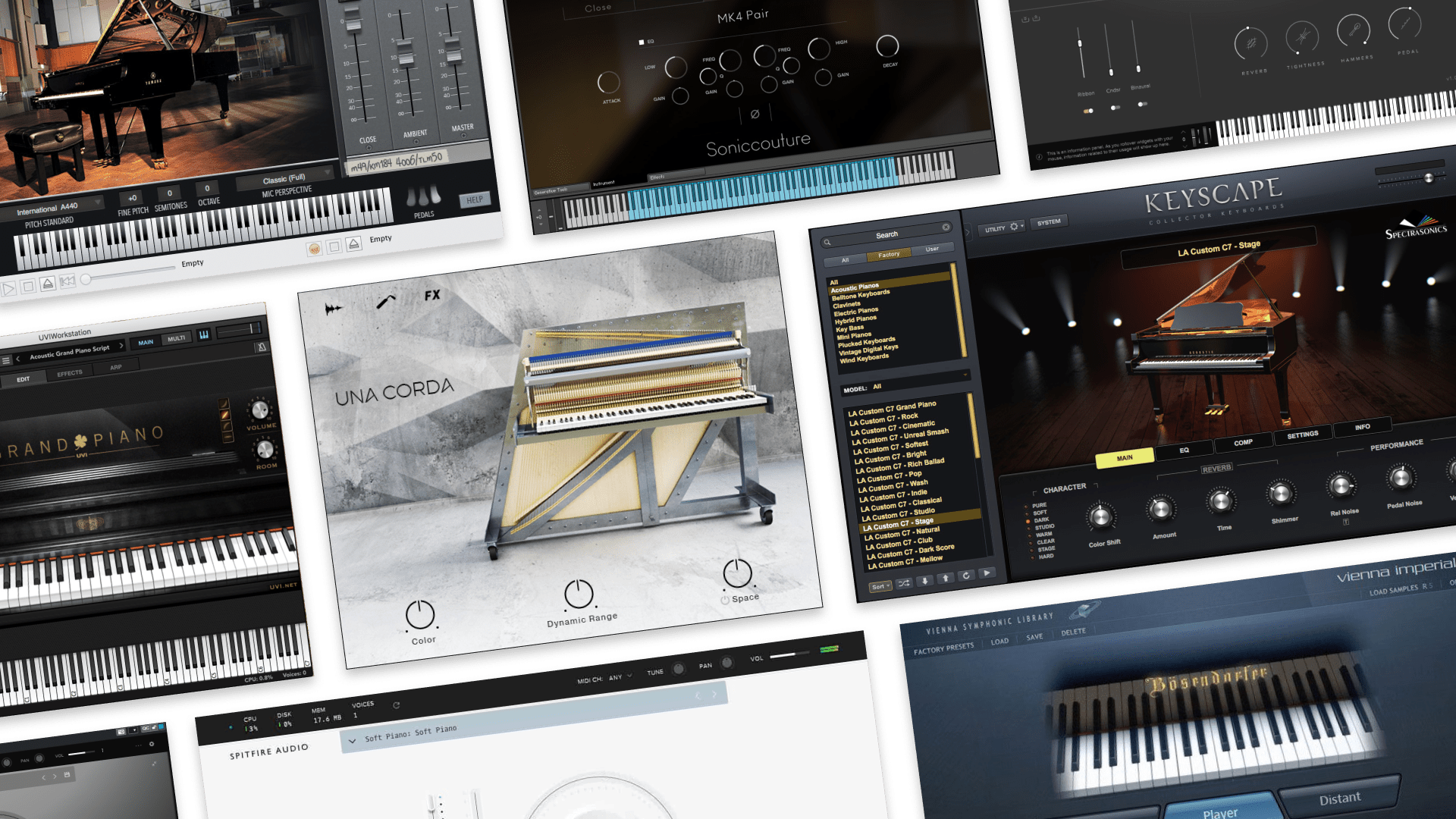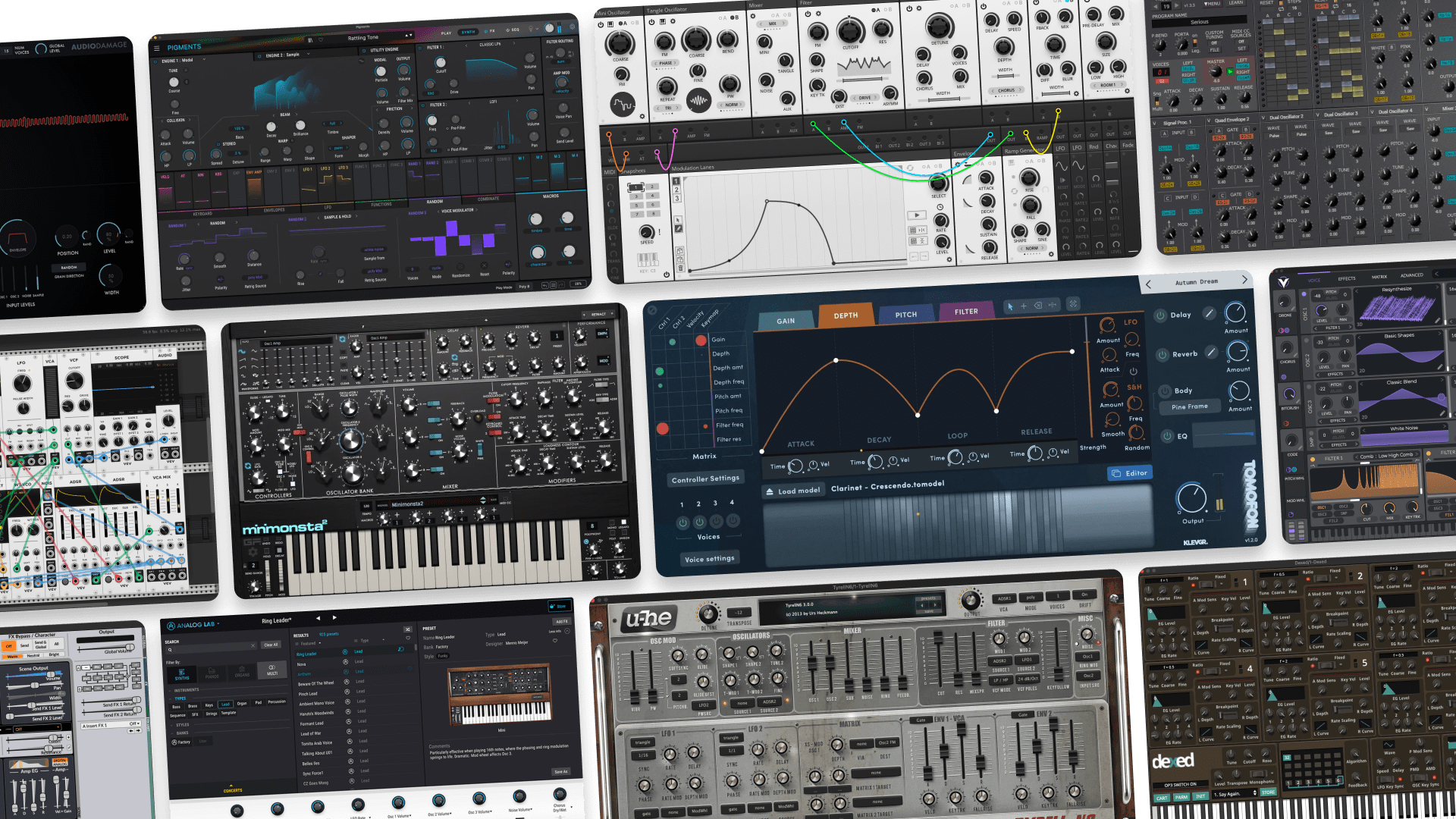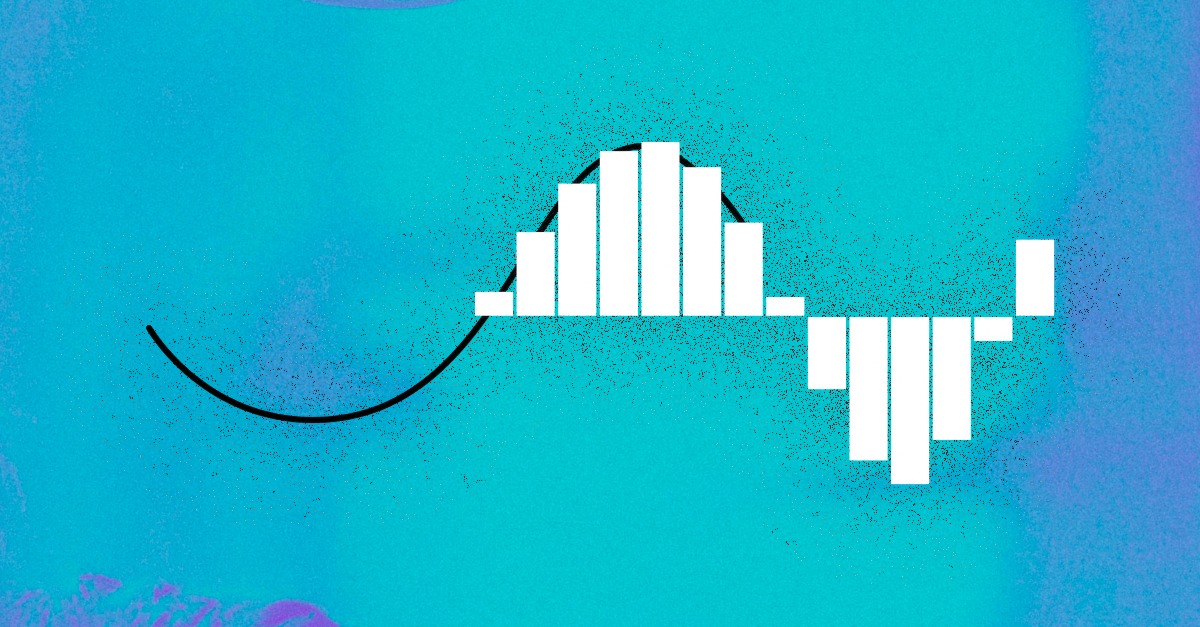
WAV to MP3 Conversion: How to Get The Right Audio File
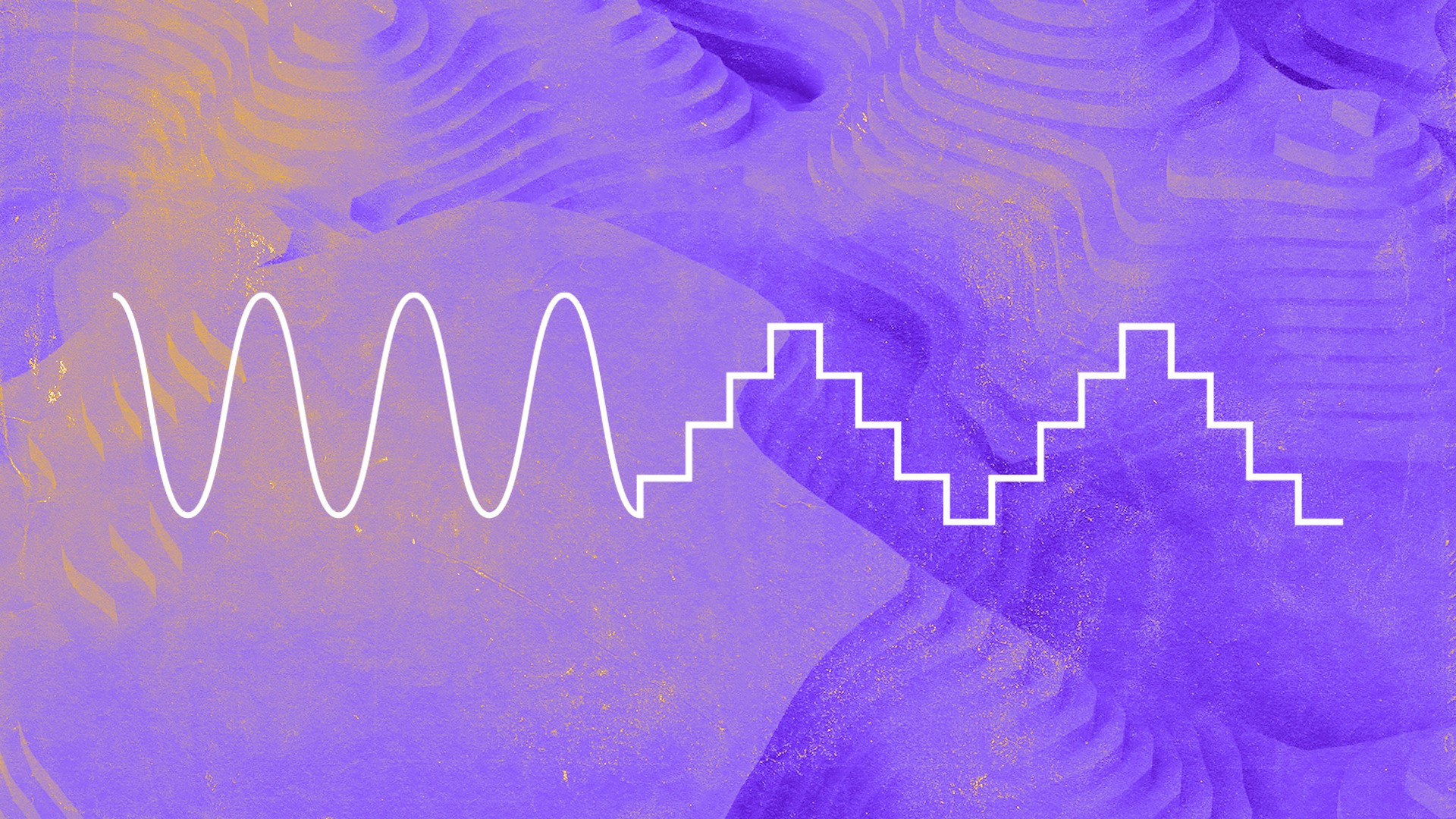
WAV to MP3 conversion is a necessary tool for some tasks in music production.
Whether you need to make files smaller for sharing or deliver a finished release in MP3 format, you may be wondering about the best way to convert WAVs to MP3s online.
While there are plenty of free file conversion tools out there, it’s not always as easy as drag and drop to get the best results.
In this article, I’ll give an overview of WAV to MP3 conversion, explain how to do it right and suggest five software tools you can use with confidence.
Let’s get started.
What are WAVs? What are MP3s?
WAVs and MP3s are two common audio file formats for music and audio content.
WAV is a lossless format that represents 100% of the data in a digital audio stream. They’re often used as the raw material in DAWs and other music production software since they offer unrestricted quality.
However, WAV files take up a lot of storage space, making them hard to share easily and send over the internet.
By contrast, MP3s are much smaller and can be created in a variety of sizes. It’s possible because of a process called lossy compression, where some information in the file is thrown out to reduce size.
Luckily, lossy compression can be effective without reducing sound quality too much—up to a point.
MP3s begin to exhibit audible signs of deterioration at extremely high compression settings.
Even so, MP3s and other compressed audio formats are the norm for most consumer listening and audio file sharing.
If you want to read more about the technical details of audio files, check out our deep dive to audio file formats.
When NOT to convert WAV to MP3
With the basics out of the way, it may not be clear exactly why you should convert WAVs to MP3.
For starters, there are certainly some cases where doing so is the wrong choice.
For example, never deliver an MP3 file as finished audio to a mastering engineer, AI-mastering engine or other audio finalization process.
Speaking of which, you should not upload MP3 audio for digital distribution either.
Most distribution services manage proper file conversion for the digital storefronts they deliver to.
With varying standards and technical criteria out there, it’s much, much safer to let the pros handle this step!
For any kind of finished audio, your goal should be to deliver the highest quality file you can, regardless of file size.
If you need the full guide to optimizing your files for release, check out our in-depth tutorial.
When to convert WAV to MP3
With the disclaimers out of the way, converting WAVs to MP3s may be necessary at other stages in your production process.
For example, sharing files between collaborators can be time consuming if you’re uploading full resolution WAVs.
Even if you’re just sending local files to a device for listening, full-res WAVs are probably overkill.
The same goes for reaching out for press coverage. Some outlets prefer attached files that they can post without linking to streaming platforms.
But sending a WAV is usually a poor choice since the size of lossless files can be too big for many inboxes.
Don’t be afraid to convert WAV to MP3 in situations where casual listening and review are the goal.
Finally, some release mediums do require the final lossless format be provided by the uploader.
In these cases, you’ll have to manage proper conversion yourself with software tools.
How to Convert WAV to MP3
When you convert your own files from WAV to MP3, you’re responsible for ensuring the quality of the converted audio.
If you’re delivering a finished MP3 to your listeners that’s a big deal!
It means you’ll need to manage settings such as the encoding mode, sampling frequency and bit rate.
Digital audio basics
Brush up on the mechanics of computer audio.

Here’s a quick guide to the most important settings in WAV to MP3 conversion.
VBR, CBR, ABR
These abbreviations refer to the different encoder modes you’ll find in an audio file converter.
They stand for Variable Bit Rate, Constant Bit Rate, and Adaptive Bit Rate. VBR and CBR are the most common.
VBR can result in some savings in overall file size, but CBR offers a consistent quality that you can set directly.
Common CBR values are 128 kbps for low quality MP3s, 192 kbps for medium and 320 kbps for high quality MP3 files.
Best WAV to MP3 Converters
1. XLD
The best method to convert WAVs to MP3 is using a dedicated encoder software on your computer.
While this method is technically not fully online, the XLD software is freely available for download.
The software is a bit old school, but it gives you complete control over your file conversion.
This way you can easily set your preferred settings and produce pristine 320 kbps CBR MP3s.
Once you confirm you settings all you need to do is drag the files you wish to convert onto the
2. Exact Audio Copy
If you’re using a Windows computer, a solid alternative to XLD is EAC, or Exact Audio Copy.
With similar features and workflow EAC gives you full control over audio file conversion.
3. Your DAW
If you’re thinking ahead, you may be able to avoid using a WAV to MP3 converter altogether.
Many of today’s DAWs offer an MP3 export option alongside traditional WAV or AIFF export.
For basic sharing purposes, these MP3s will work just fine.
Simple tick the box in the bounce dialog to create an MP3 version of the mixdown on export.
4. LANDR
If you’re looking for a single solution for finishing audio and creating delivery formats, LANDR makes it easy.
LANDR offers easy conversion of mastered audio into the most common formats you would need for listening, sharing and release.
You can upload a finished mix and create a mastered, release-ready audio file instantly.
On top of that you can distribute your release directly to streaming services with LANDR Distribution.
It’s the quickest path from a finished mix to to your fans.
5. Online converter tools
Searching online for file converters, you’ve likely seen a lot of free online tools for WAV to MP3.
These can work in a pinch, but they won’t give you much opportunity for customization.
That means that they may be fine for quickly hearing a file on your device, but they’re not recommended if you need to deliver a finished MP3.
Many of these tools perform the same function, but it’s worth check your files to ensure the process was successful.
Convert to the right format
WAV to MP3 conversion may seem like a boring technical detail, but it has important consequences for the final product your listeners experience.
Whether you’re creating a quick preview file to share, or you’re ready to publish your masterpiece, the right file is essential.
If you’ve made it through this article you’ll have a great start when it comes to WAV to MP3 conversion.
Gear guides, tips, tutorials, inspiration and more—delivered weekly.
Keep up with the LANDR Blog.
